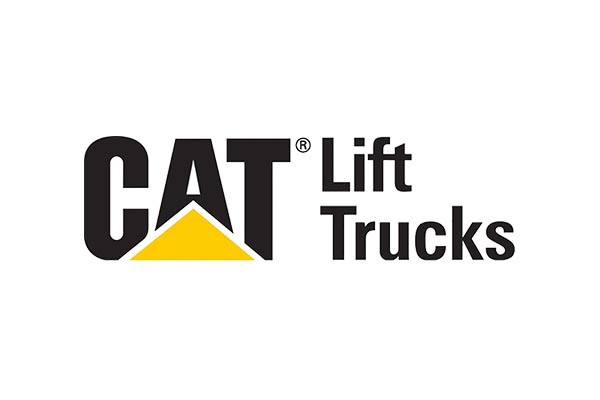Fork positioners quietly work behind the scenes in the world of material handling, reshaping how goods are maneuvered, arranged, and stored in warehouses and distribution centers worldwide.
In today’s fast-paced industrial landscape, where efficiency and precision are non-negotiable, fork positioners emerge as vital players in achieving these objectives.
What is a Fork Positioner Attachment?
The primary function of a fork positioner is to adjust and reposition the forks (the two arms used to lift and carry loads) horizontally on a forklift or other material handling equipment. This adjustment can be made either individually or simultaneously for both forks. The main purpose of this adjustment is to accommodate loads of varying sizes and widths, allowing for precise placement of the forks under the load. Fork positioners allow lift truck operators to move the forks quickly and accurately to fit different pallet sizes without leaving their seats.
Types of Forklift Fork Positioners
Fork positioners are versatile attachments that come in various types, each designed to address specific material handling requirements. Here are some types of fork positioner attachments:
Hydraulic Fork Positioners
Hydraulic fork positioners are among the most common and widely used. They utilize hydraulic power to smoothly and precisely adjust the fork width. These are suitable for a wide range of forklifts and offer excellent control and accuracy.
Mechanical Fork Positioners
Mechanical fork positioners rely on manual mechanisms, such as hand cranks or levers, to adjust fork width. While they may require more effort from the operator, they are often a cost-effective choice and can be found on some forklift models.
Integral Fork Positioners
These fork positioners are integrated into the forklift’s carriage assembly. They eliminate the need for external attachments and provide seamless fork adjustment. Integral fork positioners are commonly seen on specialized forklifts designed for specific tasks.
Sideshifting Fork Positioners
In addition to horizontal fork adjustment, sideshifting fork positioners allow lateral movement of the forks. This lateral movement is invaluable when it comes to precisely positioning the load without moving the entire forklift.
What Can A Fork Positioner Be Used For?
A fork positioner attachment is a versatile tool that can be used for various material handling applications. Here are some common uses and applications of fork positioner attachments:
Pallet Handling
Fork positioners are frequently used in warehouses and distribution centers to handle palletized goods. They allow for quick and precise adjustment of the forks to match the width of different pallet sizes.
Load Centering
When dealing with irregularly shaped or sized loads, fork positioners help center the forks under the load to ensure even weight distribution. This is crucial for load stability and safety during lifting and transport.
Handling Various Load Sizes
Fork positioners enable operators to efficiently handle loads of different sizes without the need for manual fork adjustments. This versatility is particularly beneficial in facilities with a wide range of products.
Efficient Truck Loading and Unloading
Fork positioners are invaluable for loading and unloading trucks and trailers. They allow operators to align the forks precisely with pallets or goods on the truck bed, saving time and reducing the risk of damage.
Storage and Stacking
When stacking pallets or materials on racks or shelves, fork positioners help ensure that the forks are aligned correctly, preventing accidents and optimizing storage space.
Benefits of Using a Fork Positioner
Using a fork positioner offers several benefits in material handling and forklift operations. The major benefits include:
Precision Handling
Fork positioners provide precise control over the horizontal positioning of the forks. This allows operators to accurately align the forks with loads, pallets, or materials, reducing the risk of damage and ensuring safe and efficient handling.
Versatility
Fork positioners enable operators to handle a wide range of load sizes and types without the need for manual fork adjustments. This versatility increases operational efficiency and flexibility.
Time Savings
Adjusting fork width manually can be time-consuming. Fork positioners streamline this process, reducing downtime between tasks and increasing overall productivity.
Who Manufactures Fork Positioner Attachments?
Some well-known manufacturers of fork positioner attachments include:



